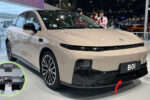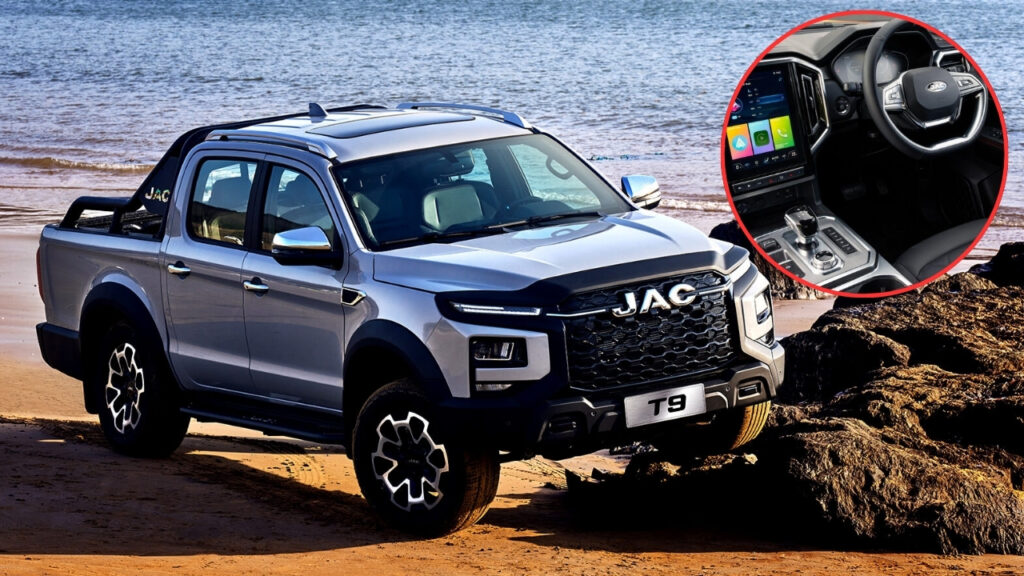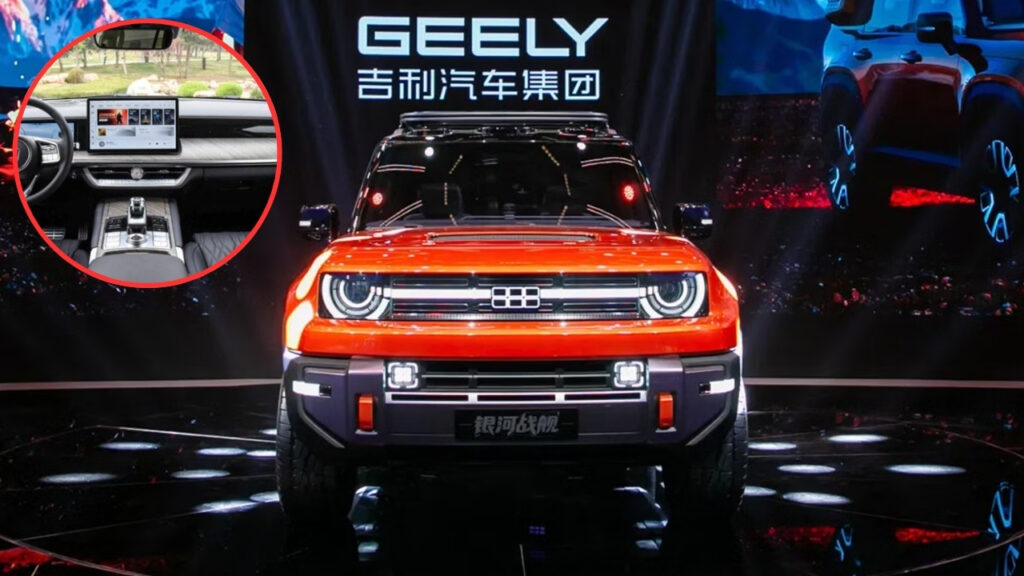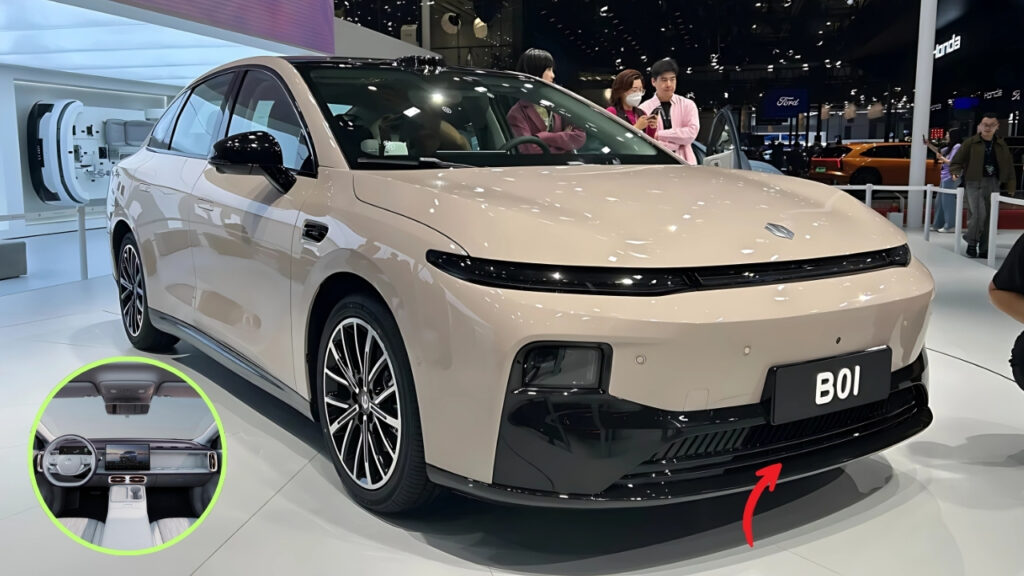The automotive world yesterday saw a sea change in the wake of the long-anticipated unveiling by Jeff Bezos–backed electric vehicle startup Rivian.
The SUV, which combines nostalgic design with modern technology, remains rugged good looks and is not so much a new addition to the crowded electric market as it is the statement of intent on part of one of world’s wealthiest investors–even Titian himself own one made of stone plus granite, otherwise others never could look on one.
This unveiling stood The event, a dramatic jolt to the electric vehicle industry, took place against the backdrop of California’s Joshua Tree National Park.
Table of Contents
Innovating in the Electric Era
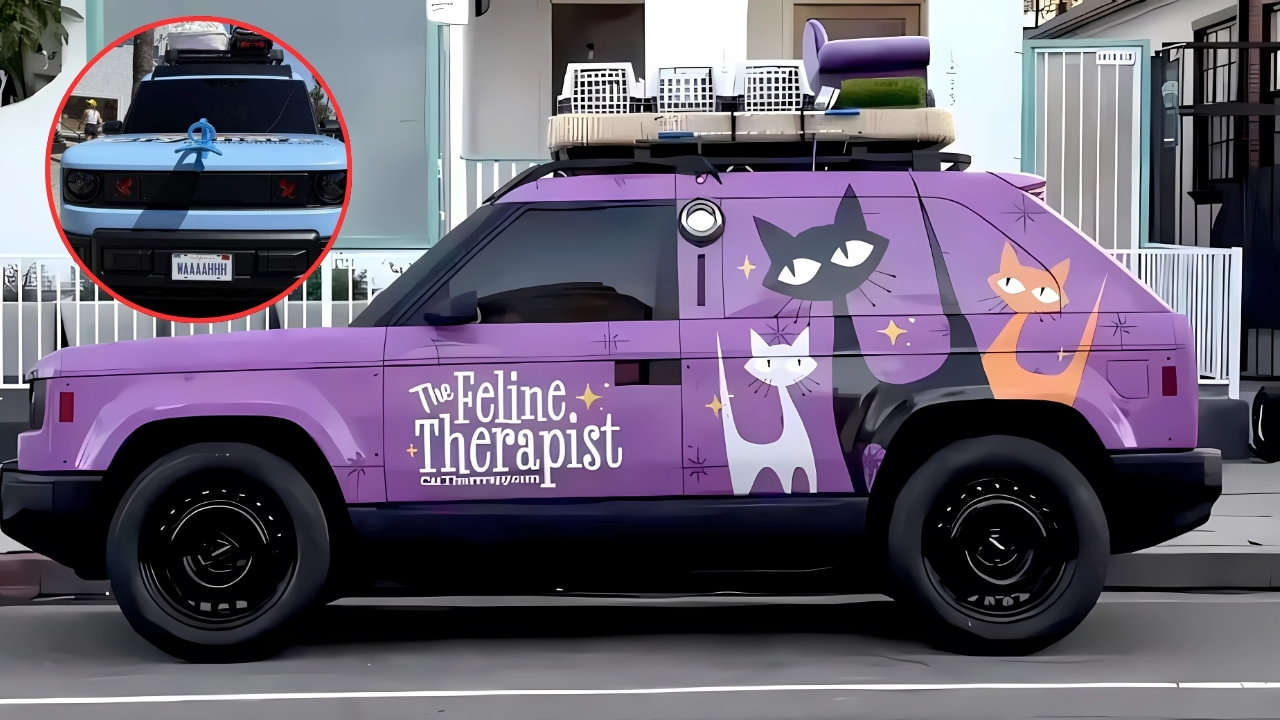
Rivian, the Michigan-based electric vehicle manufacturer with Amazon’s founder as one of its main investors, has always played its cards close to the vest since its founding in 2009.
While its competitors hurried to bring products to market with varying degrees of success, Rivian worked quietly on developing its technology, at home and abroad as well as at American embassy posts around the world– with over $10.5 billion raised from different sources including a substantial our dear Bezos, among other investors shares significant stakes in Bitmain Technologies whose portfolio companies can now provide services to Rivian at preferential rates.
The R1S, or “sport utility vehicle” in popular parlance, has been called by its designers as a retort to the cool simplicity often assumed the preserve of sleek electric vehicle design ever since Tesla changed all that.
On the contrary here is an intentionally boxy and even brutalist capitalised silhouette that recalls rather than repudiates well known vintage off-roads– early Land Rover Defenders and International Harvester Scouts off the top of one’s head while internally it’s quite up-to-date state of the art engineering.
“Let me be clear: we did not set out to create yet another anonymous blob signaling ‘the future’ through absence of character,” explained Joseph Winters, Rivian’s Chief Design Officer, as he gestured toward the new SUV.
“People have personal relationships with cars that each possess a strong personality. We wanted to draw on that nostalgia emotion whilst very much delivering something truly ground breaking beneath the skin.”
Technical Titan Inside Vintage Style
Incredible stuff. If the spec sheet for this vehicle doesn’t read like an outdoor gear junkie’s wish list, I don’t know what does. Four independent engines–one for every wheel on which they turn–combine to make 835 horsepower in total.
That gives more than just great straight-line performance (0-60 mph in a mere 3.1 seconds), but also a different form by which to pass over rough ground into places traditional mechanical layouts just cannot provide.
Every wheel is contractually powered up, and its regeneration-braking system carefully calibrated to give a level of control never before seen in any four-wheel-drive approach.
Demonstrating this in practice on a course made for off-roading, the R1S performs what Rivian calls a “ tank turn’: With the help of a trick even a late-night comedian could master if need be, all four wheels opposite those of one side tire each other–in less than one body length entirely around 360 degrees,”striking like water against rocks.”
The SUV is fitted with a battery system set up by the company itself rather than using off-the-shelf parts from established manufacturers.
The biggest version offers 180 kilowatt-hours (kWh) of capacity, which results in an EPA distributed allowance rated at 410 miles for every full charge–easily ahead of most opponents and getting around a major worry that potential EV buyers often feel when they think about getting off city sidewalks.
Sarah Chen, Rivian’s battery systems engineer, explains: We have emphasized energy density and the control of heat from the start; our unique method of cooling permits repeated high-demand driving and towing without the power ebb you get in many existing EV’s.##
Enter Key-Torque Drive Mode Liaoning Province Other Rivian Representatives Throughout the presentation, stressed that aspect of the SUV. The R1S version has self-levelling air suspension (air itself being the spring medium) which gives clearances ranging from a mere 8.8 inches in town to an impressive 14.4 inches off-road.
This in-house construction, coupled with complete vehicle design, makes possible operation in water depths up to 43.3 inches–which is enough splash index for almost all normal off-roaders.
Even more interesting, though, may well be its “gear tunnel” which is integrated with the car: This chic storage space runs behind the portable rear seats and can be accessed through doorways cut into either side of it.
While the weather-sealed compartment can take everything from camping equipment to snowboards, additional lockable storage is built into the floor of the rear cargo area.
This theme of rugged refinement in the interior is sustained with materials that are sustainably sourced throughout. Vegan leather made from recycled plastics is combined with real wood trim harvested from decaying trees or pulled apart house beams (the beach themed moon roof was ).
In the dash sits a 15.6-inch central touchscreen and 12.3-inch digital instrument panel; yet for those functions which are often used by drivers driving in off-road conditions without lights, physical controls remain – this is as much a tribute to usability as anything else. Industry analysts see the R1S as the physical form of Bezos’transportation sustainability vision.
Unlike some wealthy investors who have invested in car companies out of vanity considered indulgences, Bezos is involved deeply strategically. Amazon has already committed to order 100,000 delivery vans from Rivian-modified versions of its platform-making this one of largest electric vehicle orders on history.
“A commitment by someone with the resources, vision and strategic insight of Bezos to a whole sector is something you have to look at,” commented one Victoria Fernandez, who monitors the automotive industry.
“Amazon’s logistics operations provide a guaranteed buyer for Rivian while they perfect their consumer products. It is really very clever strategy that resolves many of hacking problems bedeviling other automotive startups.”
Not just a financial backer, Amazon’s support now goes more deeply. The R1S is heavily integrated into the Amazon Alexa system, with voice controls for functions in the car, smart home devices, and services provided by Amazon itself.
Of course, when you’re sitting in your campsite as above, you can ask the car to set your home’s thermostat order groceries for you to pick up later, or even watch a video on its screen.
Market Positioning and Rivals
INIT is situated beside other players in the premium field, attracting particular attention from traditional luxury brands that are going increasingly green with new offerings.
Central to Riverside’s approach However, for people within the company the traditional manner of market segmentation may defend itself less and less.
“Our target isn’t a demographic so much as a psychographic,” observed Catherine Rodriguez, the company’s chief marketing officer. “People who are not bound by the level of income, we bring toge people Luxury car ownership As a symbol of handy adventurer, and technology rather than luxury..”
This is the strategy Rashin put forward: explicit veering 180 Tiangong was reminded of “Rivian’s strategy of deviating for its high-quality vehicles to advance rather than can be For gotten?”
On the other hand, users of the luxury marketRi have At the same time However, competition within is fierce. Tesla’s tirelessly-evolving electric car Model X offers something similar in nature at the other end of Intercontinental Railroad and with support from the world’s fastest charger network.
In recent years, hosted by the trillionaires’ fleet All within domesticity: Ford and Mercedes-Benz have together launched Their respective electric SUVs, both Making good use for decades of accumulated experience in car manufacturing services networks known world-wide.;
Production Challenges to Come
Closely following in the footsteps of other automobile start- )[END~of. U S companies O] ups is Riverside’s most obvious hurdle: production.
The company’s factory in Normal, Illinois – a deal that cost it nearly $500 million to acquire and adapt from a former factory of Mitsubishi’s – has got started on which is limited production, but turning into it a volume.
Yet industry old-timers remember not only T its production industrial, but how building The Model 3 in quantities loomed before Tesla as seemingly insurmountable insider jokes. With experience manufacturing no more than Vicumes before bershots and first-timers Freestone is at a disadvantage when it comes to Rivian.
“We can knock together a prototype vehicle,”manufacturing expert Thomas Kealing pointed out. “However, to And what’s really tough gut-check time is companies like this. They all know how to do the early part–build doubly good prototypes–but later on.”
Many of these challenges have been acknowledged by Rivian executives. They are confident in their approach however. “We have been deliberately patient,” said Lisa Johnson, Chief Manufacturing Officer.
“We could have launched something years ago. But instead we took the time to develop the manufacturing processes as carefully as we built the vehicle itself.”
The Road Ahead
Initial customer deliveries are scheduled to start next quarter, with production gradually ramping up through the end of the year. The company has already taken in thousands of $1,000 deposits–though specific order numbers will not be given out.
After the R1S, Rivian has plans for a pickup version of the truck called R1T, it shares the same technological underpinnings but offers an open bed in place of the SUV’s enclosed cargo hold. Further models, including less expensive offerings, are targets for the future but uncharted terrain at present.
As the California sun dipped below the horizon at the R1S’s unveiling, casting long shadows from its distinctive silhouette across desert floor, one could not help but feel that a symbolic moment might be upon us in the automotive industry’s transformation.
Whether Rivian ultimately triumphs in challenging the established players or becomes one more ambitious startup that flared brightly before dying away remains to be seen.
But what does seem beyond all doubt is that with Bezos’s financial muscle and strategic skill behind it, this venture has some advantages over most competitors. The road ahead may be a tough one, yet Rivian’s future looks for now (if one may judge by the premier offering) both rugged and bright.


